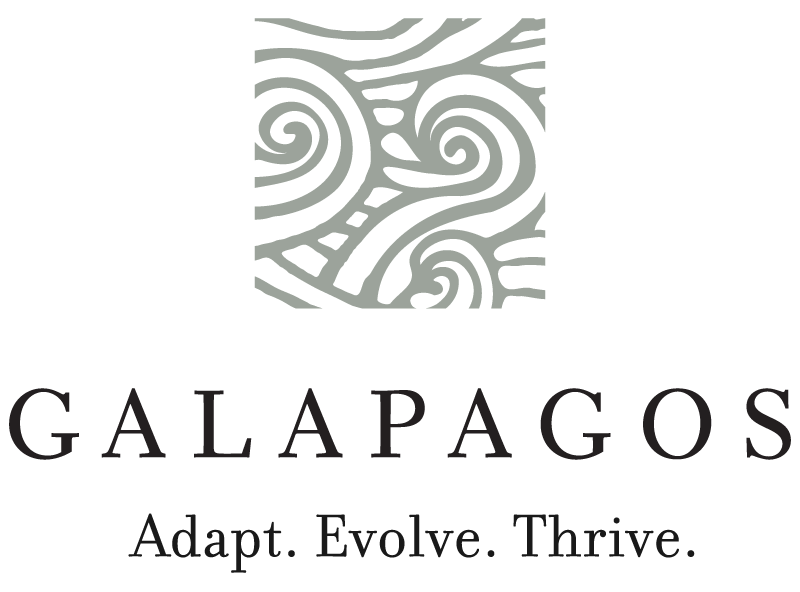A financial institution in the Midwest engaged Galapagos Marketing to analyze their checking product line-up. Because one of the goals for the redesign was to increase fee income, we broadened our analysis for this effort to include a review of their overdraft fee strategy.
The goal was to ensure that they had a solid overdraft strategy in place, that it was being applied appropriately, that it was operating within the current regulatory environment, and that it was a successful configuration for the bank while also remaining a reasonable program for the customers.
STEPS TO A SMARTER SOLUTION
To ensure a thorough review, we began by understanding what the current process was, as well as the strategy behind it:
What are the rules?
How did it align with the bank’s overall customer strategy?
How often are fees overridden…and why?
Do these reviews involve manual processes?
Once we understood the bank’s current procedure, we looked at:
The competitive environment
The bank’s desired approach, in terms of both philosophy and value
Customer behavior and needs
Then, we dug deep into the data:
Our calculations and analysis were designed to find opportunities and consider a broad range of scenarios that were in tune with the bank’s larger customer strategy, that satisfied the current regulatory environment, and that would be intuitive to both the internal staff and the customer.
HERE IS WHAT WE FOUND
The bank was waiving more overdraft fees than expected. Top-performing community financial institutions have collection rates of 95%; they were below that average, and also continuing on a downward trend.
There was a significant level of arbitrary and discretionary waiving of fees not guided by procedural rules.
Waiving those fees involved a time-consuming, manual process that further eroded profitability.
There was an opportunity to increase fees and, correspondingly, income—while still maintaining competitiveness and the integrity of the overall customer strategy.
We understand the desire to balance increasing income with being as customer-friendly as possible. It was no surprise that differing opinions existed within the organization regarding how the fees should be handled, as well as how fee changes might be viewed from a regulatory standpoint. To effectively address this, we considered multiple calculations/scenarios and provided a middle-ground recommendation, along with other options, to ensure we effectively represented the impact of the different decisions being considered.
The bank is finalizing their decision, and we will be working with them to implement their updated fee strategy effectively. This straightforward analysis will increase the bank’s fee income. In fact, with minimal effort, they could be on track to increase it by more than 10% annually.
Interested in exploring your organization’s fee income opportunities? Wondering if it’s time to explore a product redesign?
We would be happy to discuss our thoughtful approach with you.

